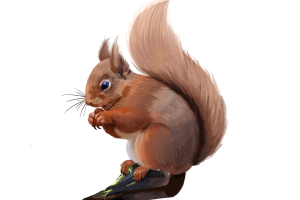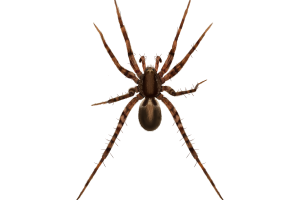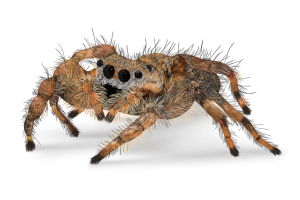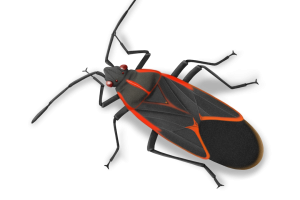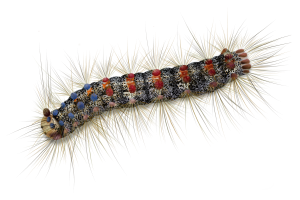Recognizing signs of a boxelder bug infestation is crucial for timely intervention. Here are common signs that you may have boxelder bugs:
- Swarms on Exterior Walls: During the late summer and early fall, you may notice swarms of boxelder bugs congregating on the exterior walls of your home, especially on sunny sides.
- Entry into Buildings: As temperatures drop, boxelder bugs often seek shelter indoors. If you see them inside your home, especially around windows, doors, or near vents, it’s a clear sign of their presence.
- Distinctive Appearance: Boxelder bugs are identifiable by their unique appearance – dark brown or black bodies with striking red or orange markings on their wings and thorax.
- Stains: When crushed or handled, boxelder bugs can release a reddish-orange, foul-smelling substance that can stain surfaces. These stains may be visible on walls, curtains, or other items.
- Nymphs: In the spring, you might notice the presence of boxelder bug nymphs. They are smaller and lack the full adult coloration but have a similar shape.
- Host Trees: Boxelder bugs are associated with boxelder trees, but they can also infest other maples and ash trees. If these trees are on your property, it increases the likelihood of boxelder bugs.
- Overwintering: During the winter months, boxelder bugs tend to overwinter in sheltered areas like wall voids, attics, and crawl spaces. Their presence in these locations may indicate an infestation.
- Clusters: When you observe boxelder bugs clustered in large numbers, particularly around entry points like windows, doors, and vents, it’s a strong indicator of an infestation.
If you notice any of these signs, it’s advisable to take action to address the boxelder bug infestation promptly, which may involve implementing preventive measures, sealing entry points, or seeking professional pest control assistance.

